Explore the California Blossom Trail in Fresno County
For a few weeks in February and March, the Fresno County Blossom Trail is nothing short of magical. Add this Central Valley adventure to your California bucket list!
***Updated with new information and images***
What is the Fresno County Blossom Trail?
California’s Central Valley is renowned for its agricultural abundance but doesn’t get enough credit for its beauty. You’ve probably driven through the Valley at some point, but the freeway tour doesn’t give you the full picture. If you’ve never detoured off the 99 or the 5, you’ve never seen vineyards stretched as far as the eye can see, you’ve never smelled the spring grass in the foothills, and you’ve certainly never experienced the Fresno County Blossom Trail.
California farmers grow two-thirds of the Nation’s fruit and nuts. Each year, in early spring, Fresno County’s fruit and nut trees burst into bloom. In 1988, local communities banded together and established the Fresno County Blossom Trail to share this incredible event with visitors from near and far.
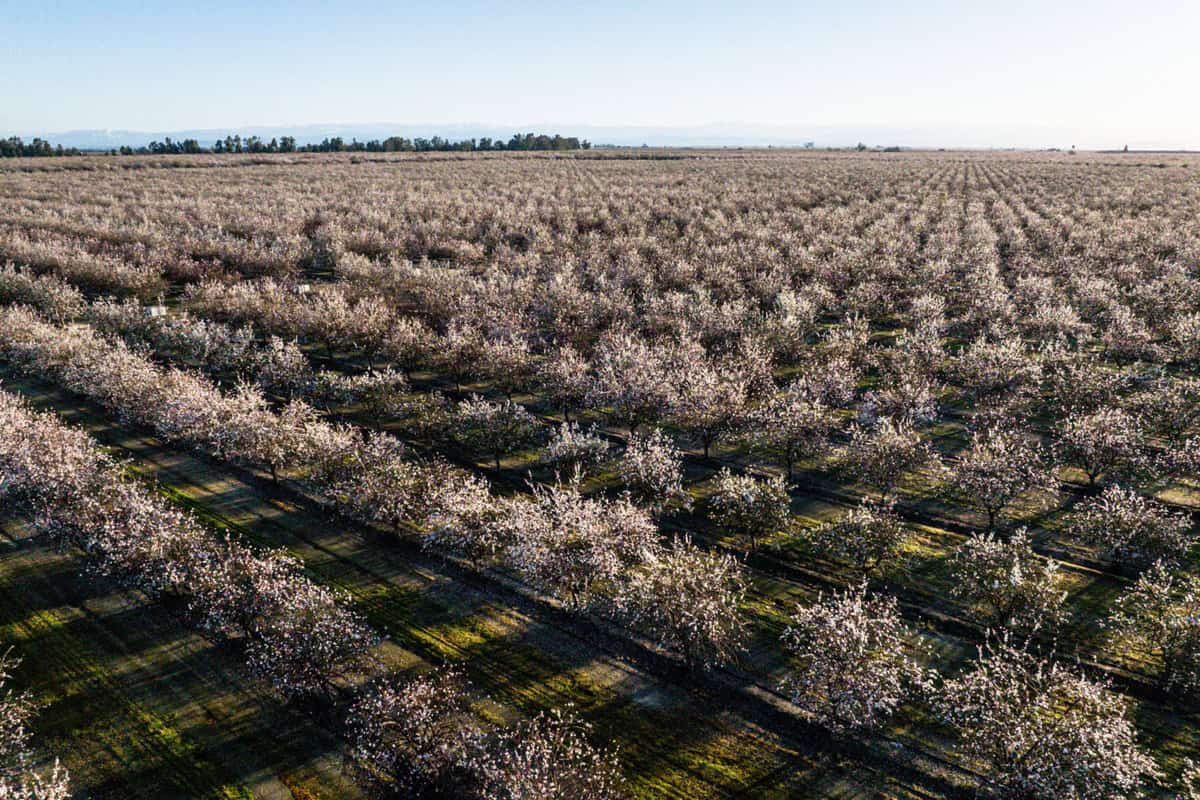
Sure, you can see flowering fruit trees anywhere, but the sheer number of orchards in bloom makes the Fresno County Blossom Trail truly special. Almond, plum, apple, apricot, nectarine and citrus trees stretch as far as the eye can see, covering the rolling landscape in a riot of color.
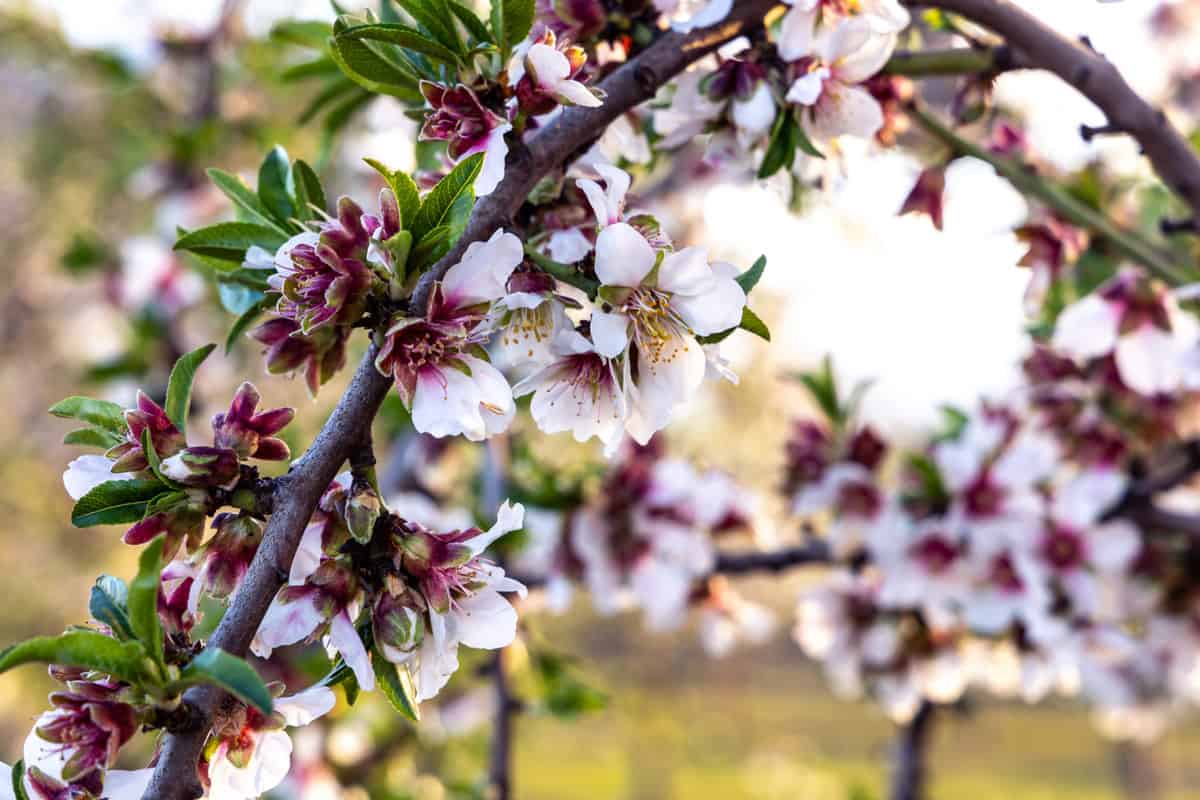
When is the best time to visit the Fresno County Blossom Trail?
As a rule, the Blossom Trail is at its peak from mid-February through mid-March. The timing varies yearly, so check the Blossom Trail’s website for updates.
*The great news is that the trail is beautiful from mid-February through early summer, as the blossoms become fruits and nuts.
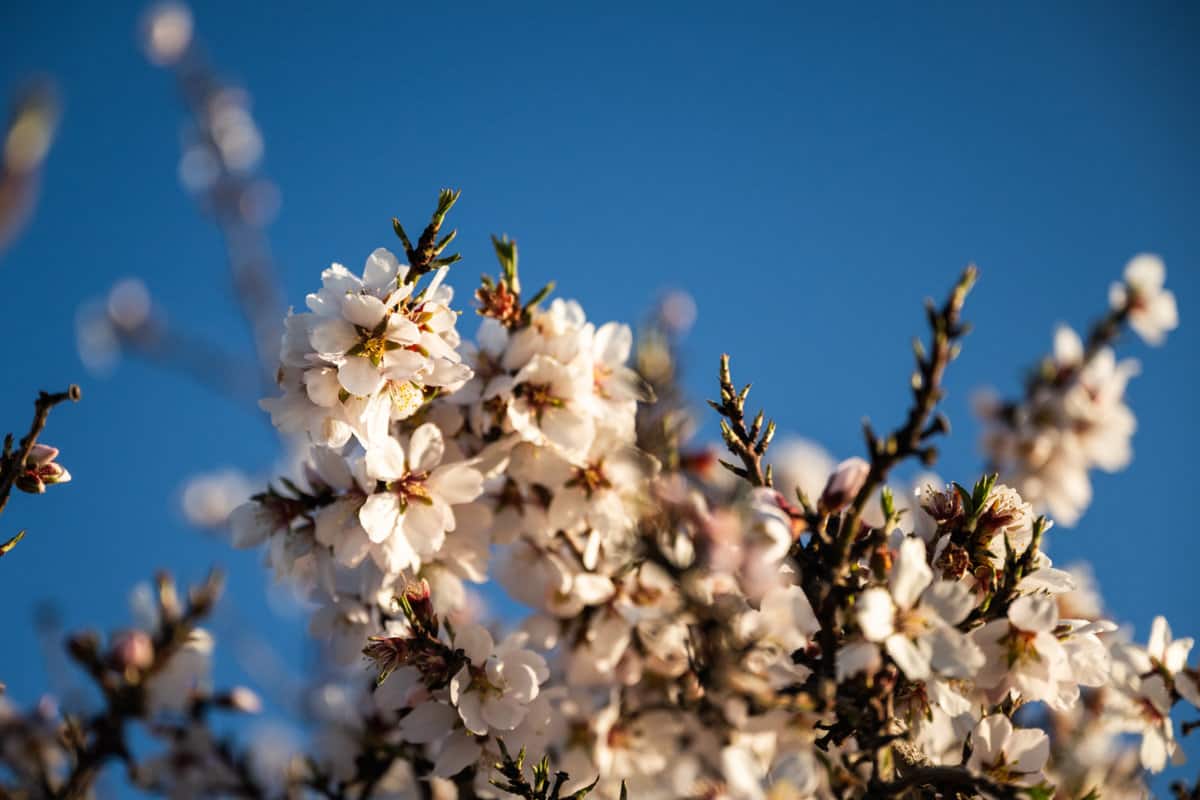
How long does it take to drive the Blossom Trail in Fresno?
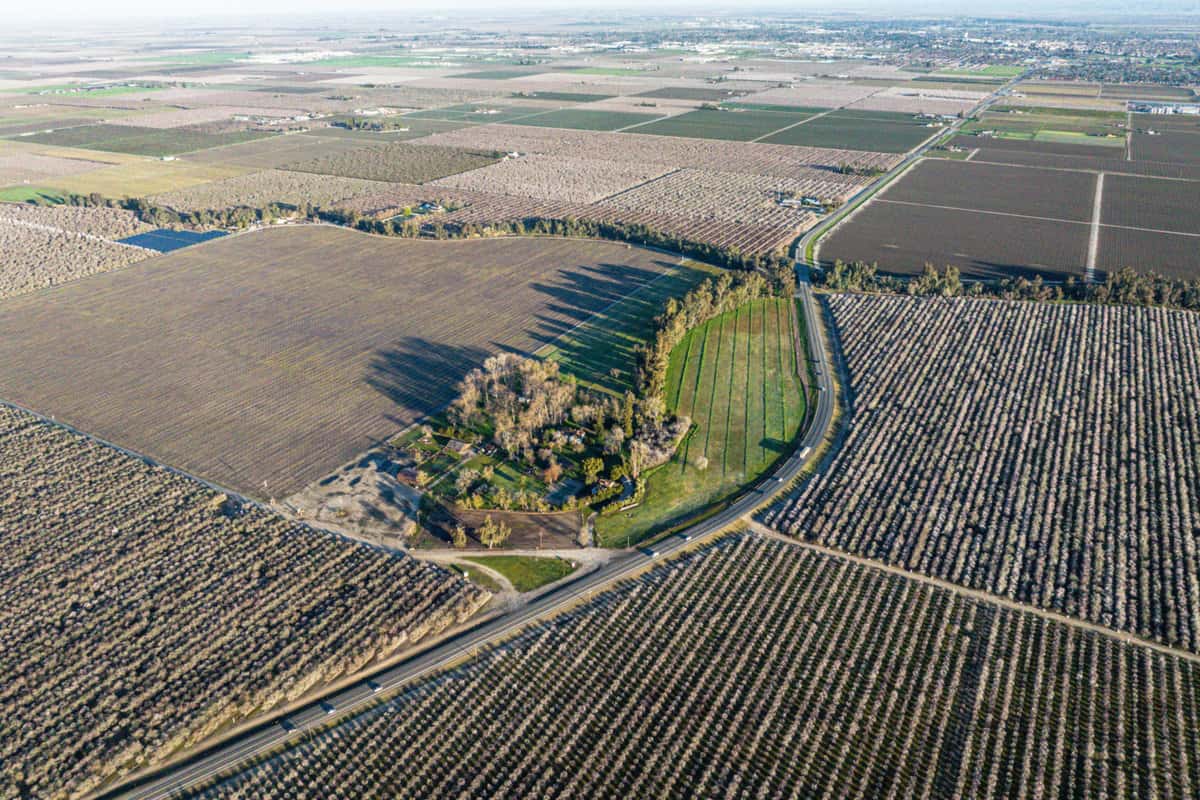
The Blossom Trail loop covers 62 miles of country roads lined with colorful blooms. You can explore the self-guided trail by car or on a bike. Not sure where to start? We recommend stopping by Simonian Farms on the trail’s west end to pick up a map (and maybe a few snacks). This quirky family-owned farmstand sells locally grown fruits, nuts and wine amidst a collection of unique antiques. If you plan on driving the entire loop, give yourself at least 3-4 hours.
Avid cyclers will enjoy the Blossom Trail Bike Ride, an annual event offering four different bike routes with varying levels of difficulty.
Short on time? Try this quicker route.
If 3-4 hours is too much of a commitment (maybe you’ve got younger kids or simply a short attention span), you can always cut the trail short. If this is the case, we suggest exploring the trail’s eastern end. Start at the Blossom Trail Fruit Stand, then head down Reed until you reach Manning. This takes around 15 minutes to a half hour (more if you’re stopping for photos). You’ll still see plenty of colorful blossoms and get a gorgeous view of the snow-capped mountains.
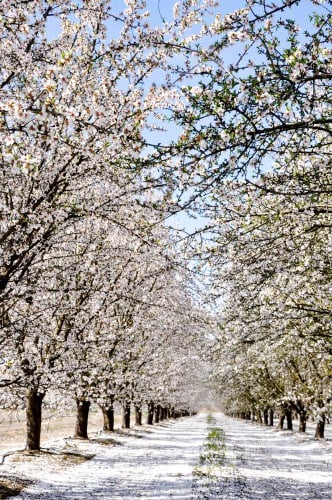
Where does the Fresno County Blossom Trail start?
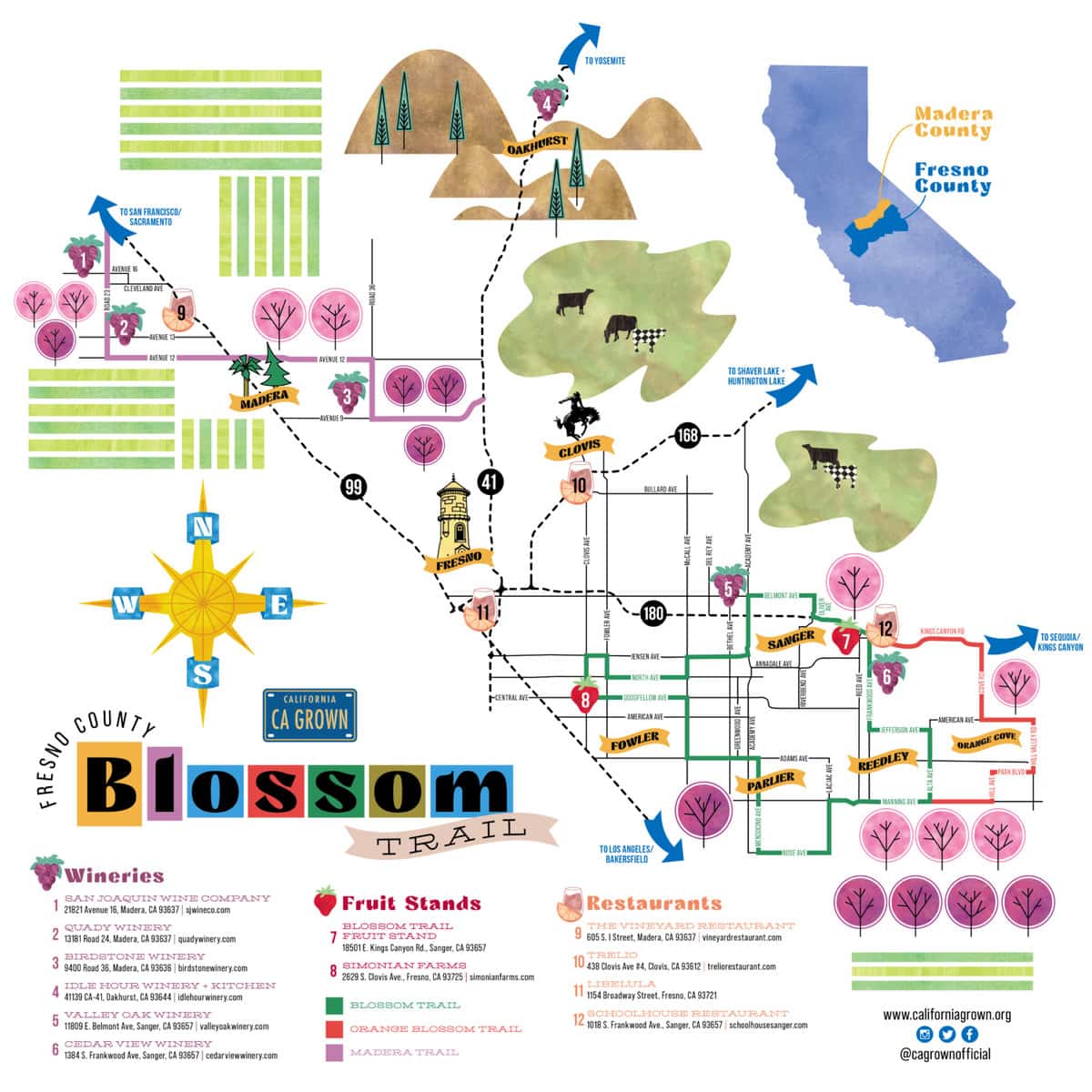
We recommend starting the Fresno County Blossom Trail at Simonian Farms. It’s a short jaunt off the 99, located at the intersection of Clovis and Jensen avenues. However, you can start (and end) the trail wherever you choose. Look for Blossom Trail signs along the way; they’ll mark each turn with arrows. We always recommend grabbing a map (or at least screenshot a map on your phone) – it’s easy to miss a sign or two if you get distracted by the blooms!
Want a printable version of our Blossom Trail Map? Click on the link below to download a printable pdf version. P.S. – we’ve linked it at the very end of the post, too (just in case you were scrolling a little too fast).
Where does the Blossom Trail end?
The Blossom Trail is a loop, so if you follow the map, you’ll end up right where you started!
What types of trees will you see on the Blossom Trail?
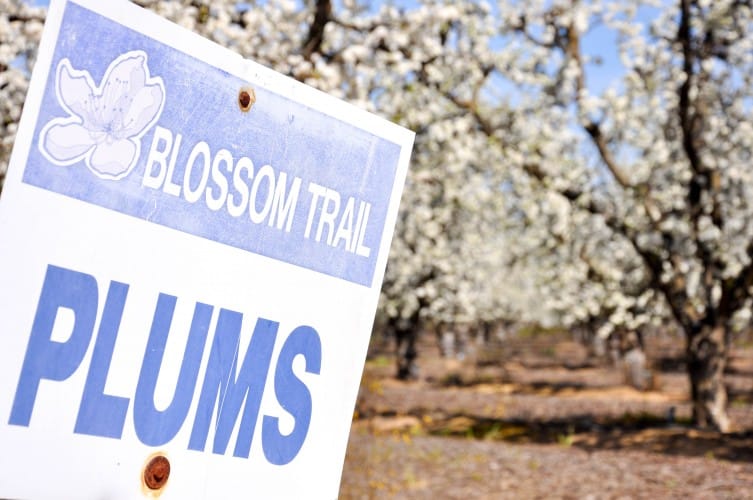
The Fresno County Blossom Trail showcases almond, citrus, apricot, nectarine, plum and apple trees. Signs in the orchards help tourists to identify the blooms. By the trail’s end, you’ll be a pro at recognizing the color, shape and size of each tree’s flowers.
How to recognize the blossoms on the Fresno County Blossom Trail
Our friends at the Fresno County Blossom Trail shared this handy guide to help visitors recognize the blooms they’ll see along the trail.
Almond Blossoms
Almond Blossoms have white petals. Two or more varieties may be planted in the same orchard for cross-pollination by bees. Harvesting, usually done mechanically, runs from late Aug. to early Oct.
Plum Blossoms
Plum Blossoms are white. At least two varieties will be planted in an orchard for cross pollination. Over 200 varieties are grown commercially. Harvested in June to late September.
Apricot Blossoms
Apricot Blossoms have white petals, sometimes with hints of pink. Fewer than 12 varieties are grown commercially. Harvest season lasts two to three weeks during mid to late May.
Peach and Nectarine Blossoms
Peach and Nectarine Blossoms feature pink to red petals and bloom at the same time. Over 100 varieties are grown commercially. Harvest runs mid-May to October.
Apple Blossoms
Apple Blossoms have white petals. Up to six varieties are grown commercially in Fresno County. Harvest is Aug. to Nov.
Citrus Blossoms
Citrus Blossoms are white with a most aromatic fragrance. Navel and Valencia oranges, Mandarins, and lemons, are the most common citrus grown locally. Mandarin trees are frequently covered with a fine mesh to prevent bees from pollinating the flowers, which would cause the fruit to form seeds.
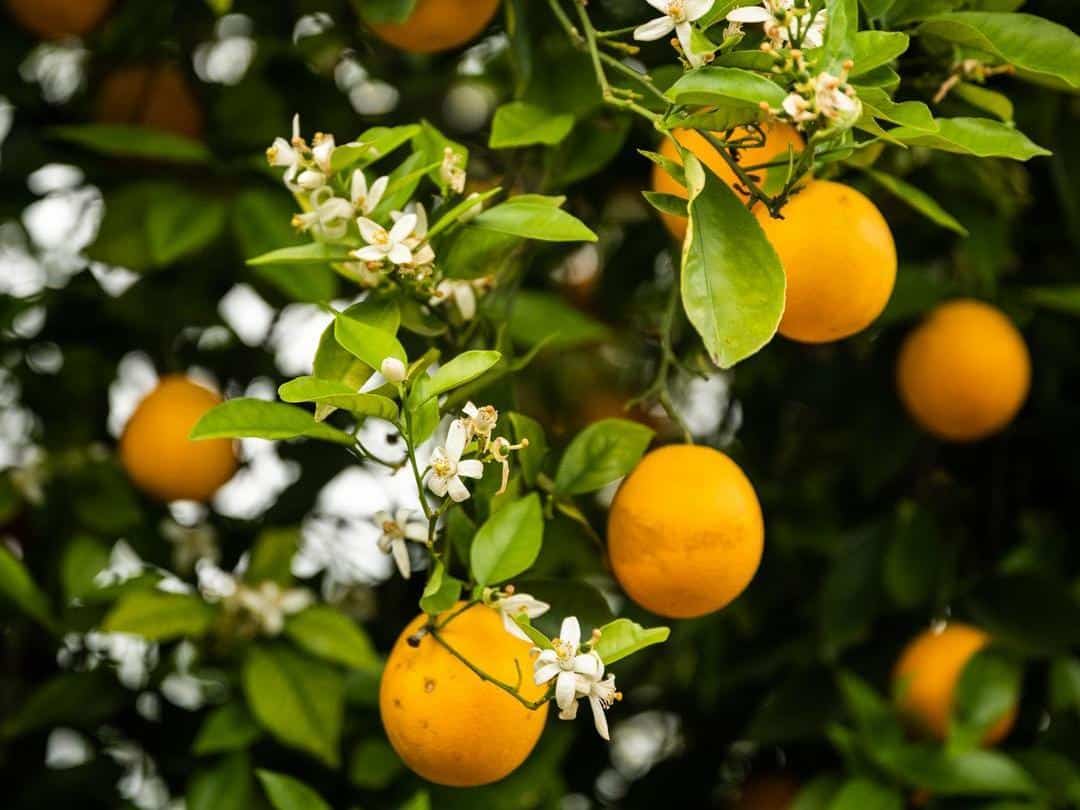
Where to stop along the Blossom Trail in Fresno?
Like any good adventure, a day on the Blossom Trail can really work up an appetite! Luckily, there are many local farm stands, restaurants and even wineries to stop at along the way.
Simonian Farms
For five generations, Simonian Farms has been a destination for locals and travelers. Conveniently located right off the 99, you’ll step back in time when you step into this family-owned farmstand. Peruse their unique collection of antiques (tractors, bicycles, gas pumps and more!) and stock up on fruits, nuts, jams, jellies and wine.
Schoolhouse Restaurant
Schoolhouse Restaurant offers farm-to-table fare in a unique setting – a converted century-old schoolhouse. Chef (and Founder) Ryan Jackson takes pride in showcasing locally-grown produce. Schoolhouse Restaurant is open for dinner only on Weds through Saturday, so plan on stopping in towards the end of your Blossom Trail adventure.
Cedar View Winery
Nestled in the foothills of the Sierra Nevadas, Cedar View Winery offers views for days – and delicious wines. Cedar View specializes in Rhône Wines – think Grenache, Syrah and Mourvèdre. The tasting room is open Saturday and Sunday from 12-5.
Blossom Trail Fruit Stand
This tiny fruit stand feels like it’s in the middle of nowhere – but it’s one of the best places to get a real taste of Central Valley produce. Stop in for snacks – you’ll find dried fruit, nuts, fresh fruit and more, depending on what’s in season. If you grab a piece of fresh fruit, head out back and wash it in the old-fashioned wash bin.
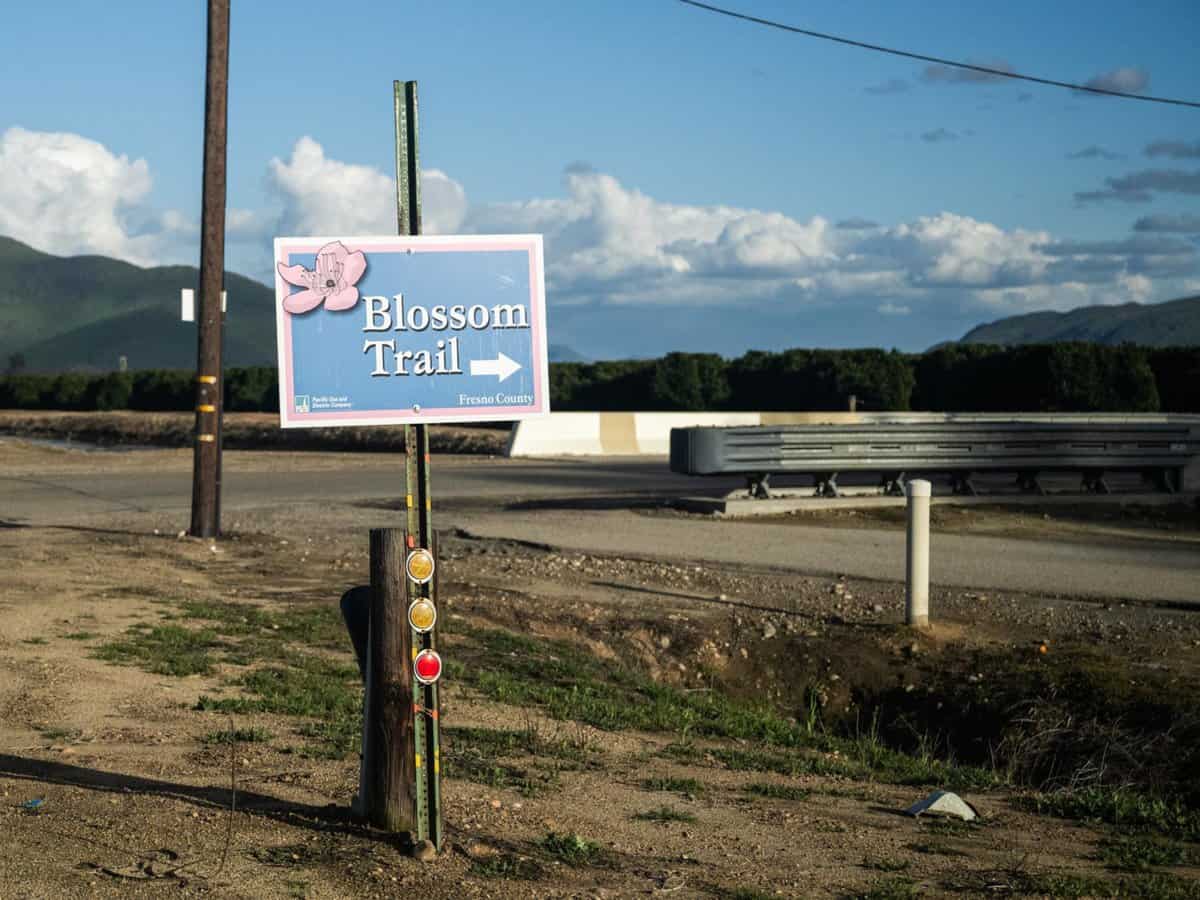
A few ground rules for the Blossom Trail
The Blossom Trail is open to the public, but it’s important to remember that the properties are working orchards – and private property!
Don’t touch the blossoms.
We know, the blossoms are so pretty – but resist the urge to touch them. These will soon develop into fruit, and that fruit is each farmer’s livelihood!
Don’t wander into the orchards.
Blossom Trail photos are particularly popular. Most farmers won’t mind if you want to snap a few pics, but don’t wander off into the orchards. They’re private property.
Fill up on gas.
The Blossom Trail winds through rural areas and gas stations are few and far between. Be sure to fill up on gas before you head out.
Don’t count on cell signal.
Since you’re in a rural area, cell signal can be weak or even non-existent in parts of the trail. Be aware and plan accordingly.
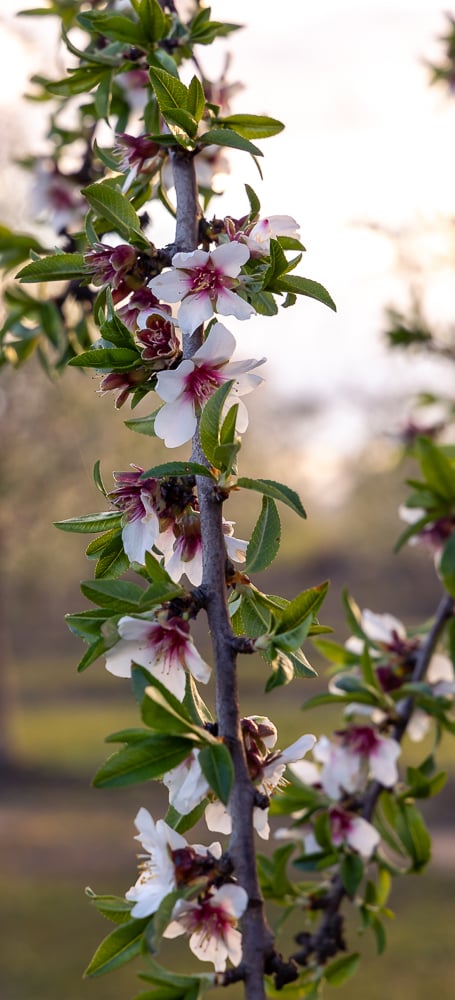
Make a weekend of it
Heading to Fresno County to explore the Blossom Trail? Here are a few other local attractions and restaurants we think you’ll love.
Trelio
Owner Chris Shackleford is a pro at pairing California wines with expertly crafted dishes showcasing locally grown produce. This downtown Clovis restaurant is truly a Central Valley gem.
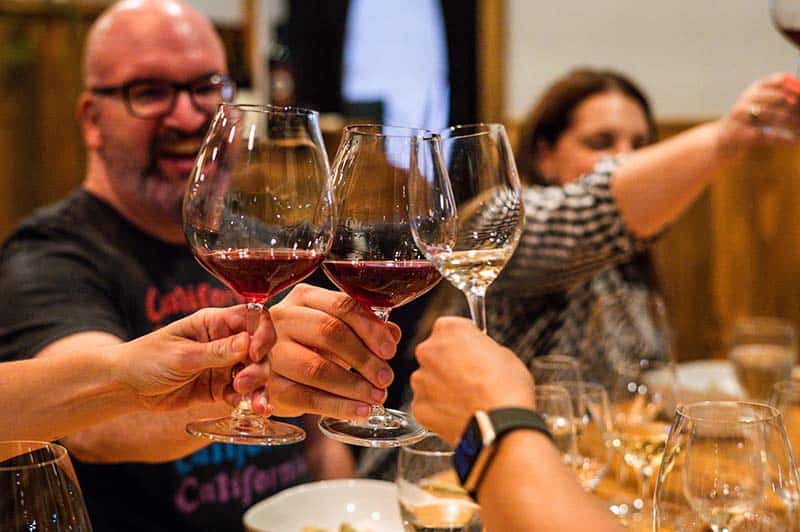
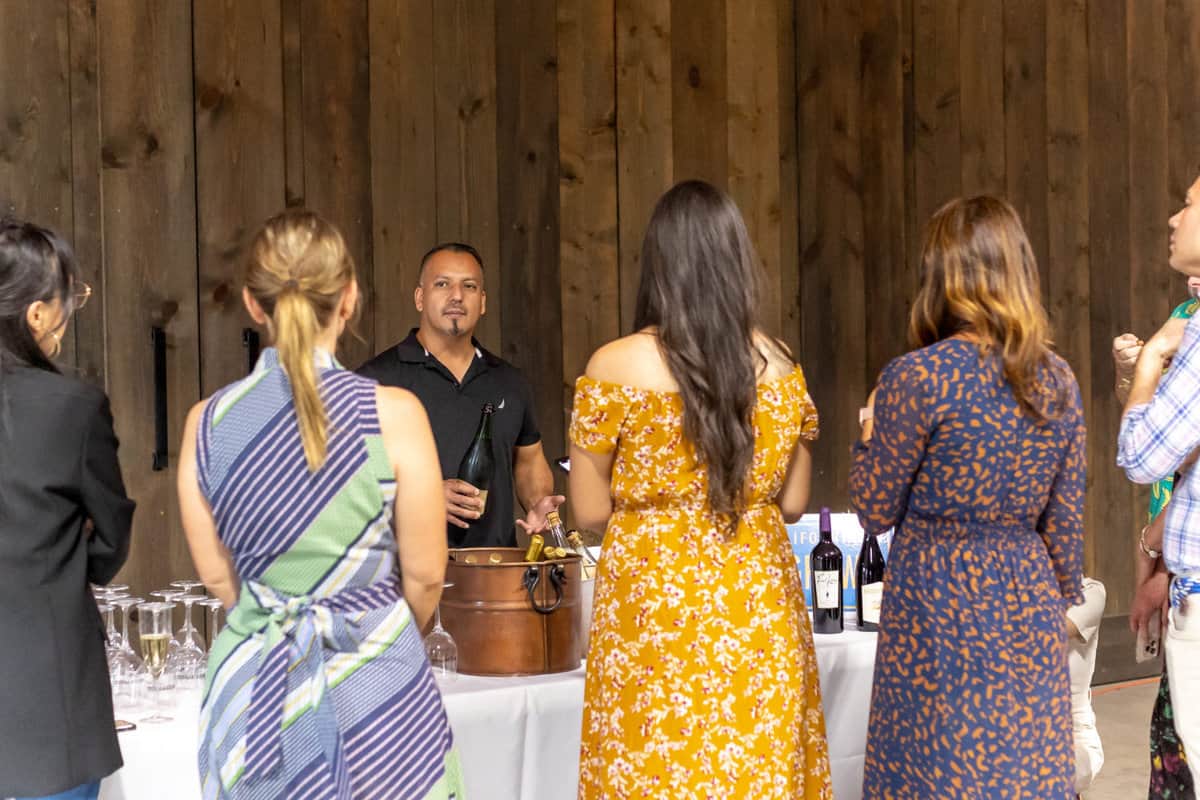
San Joaquin Wine Company
Did you know that the majority of California’s winegrapes are grown in Central California? San Joaquin Wine Company produces 18 different varietals – and has the distinction of being the Valley’s only producer of sparkling wine.
Libelula
Libelula, an eclectic restaurant that opened in 2019, has been earning rave reviews for its farm-to-table fare. In the last year alone, Libelula was voted Best Restaurant in Downtown Fresno and named one of the three best Vegan and Farm-to-Table restaurants in the Central Valley. Chef Ian Cookson recommends the Breakfast Fried Rice, black rice and locally grown veggies topped with a fried egg.
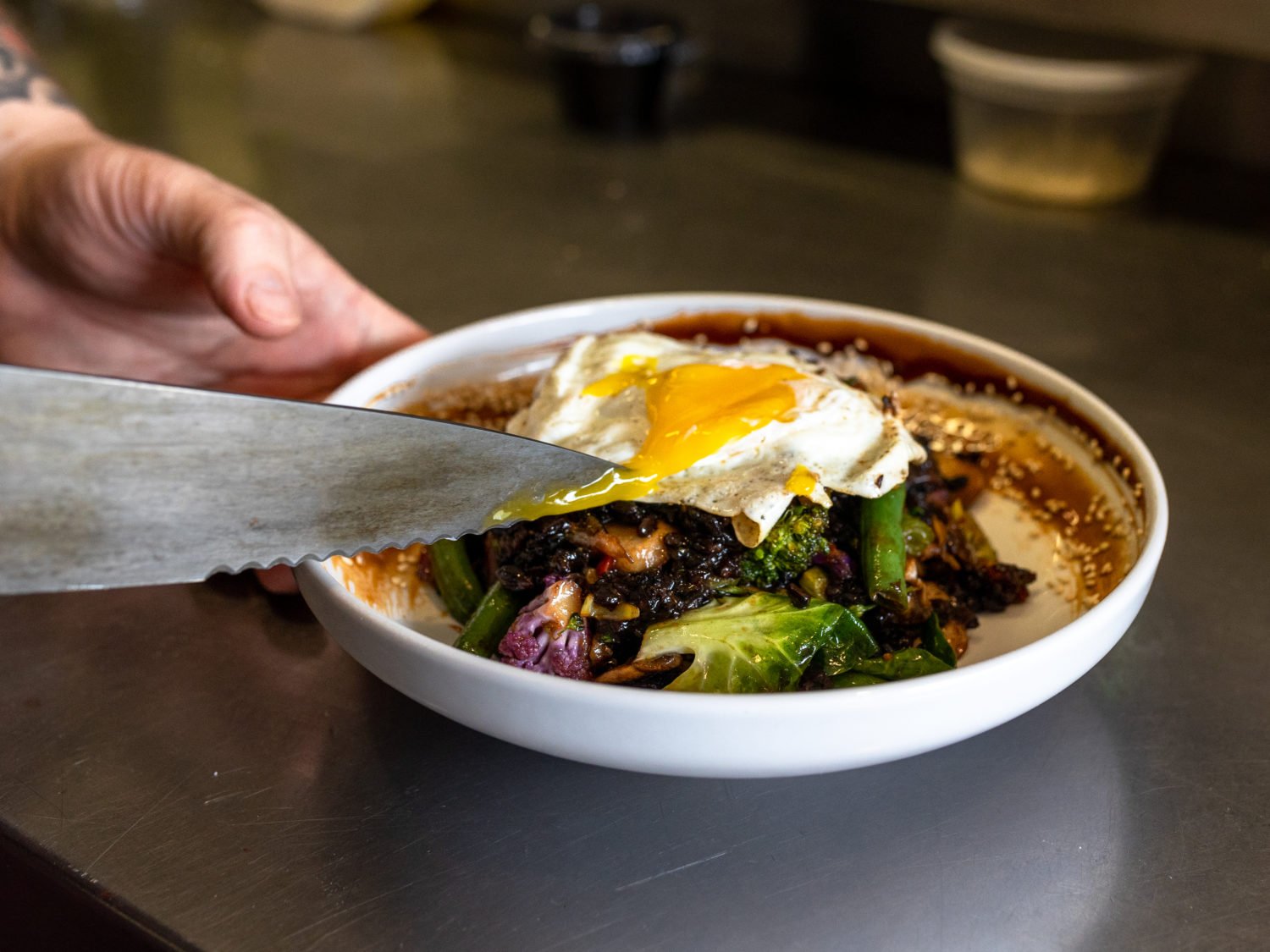
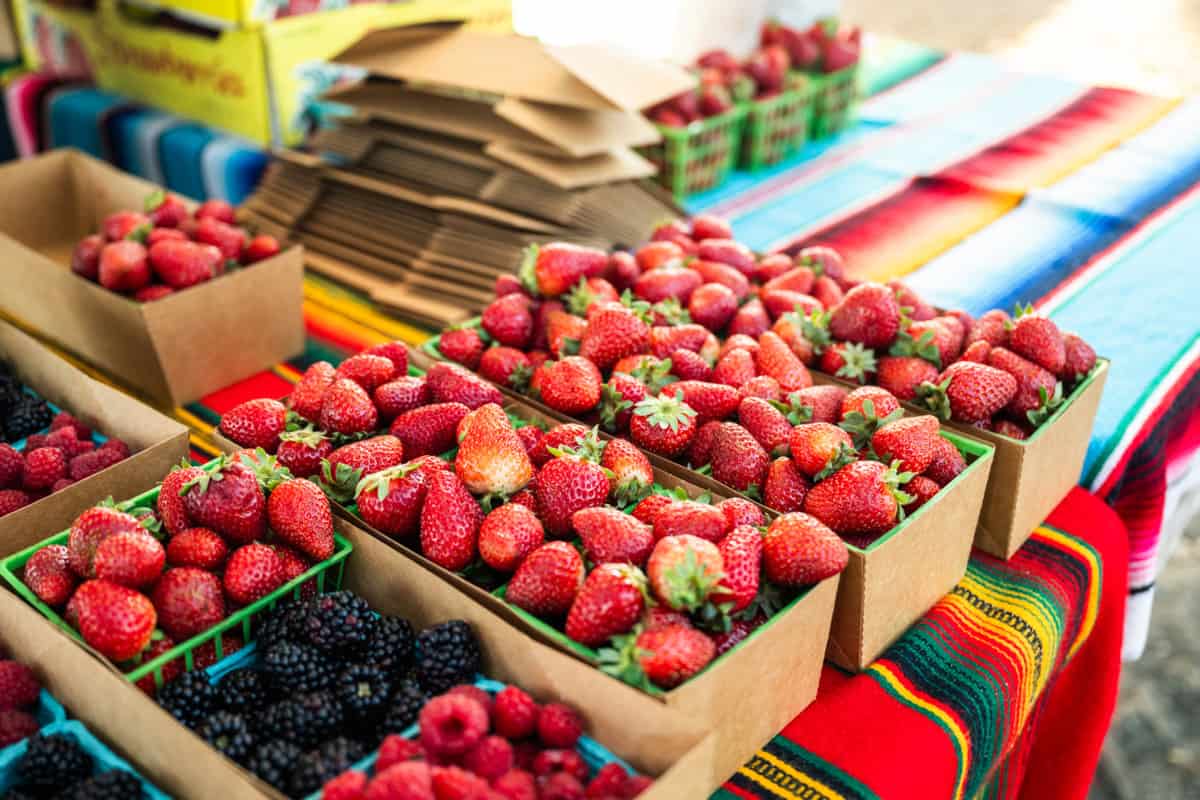
The Vineyard Farmers Market
If you’re heading to Fresno for the weekend, the Vineyard Farmers Market needs to be on your bucket list. Stop by on Saturday mornings to peruse an impressive array of locally grown produce (and maybe rub elbows with some of the Central Valley’s most celebrated chefs).
Choose your own adventure
Everyone should experience the Fresno County Blossom Trail at least once, but it’s worth mentioning that during February and March, the whole San Joaquin Valley is in bloom. The Blossom Trail certainly isn’t the only place you can see gorgeous, candy colored orchards. If you’re further North, we outlined a (shorter) Madera Trail on our map! It’s not anything official, but it sure is filled with a bounty of beautiful blooms.
While you’re cruising through the Valley in early Spring, check out a few of these blossom-filled adventures.
Heading to Yosemite? There are plenty of blossoms to see along the way. Start at the Sierra Nut House to load up on snacks, and swing by Idle Hour winery in Oakhurst before entering through the Park’s South Gate.
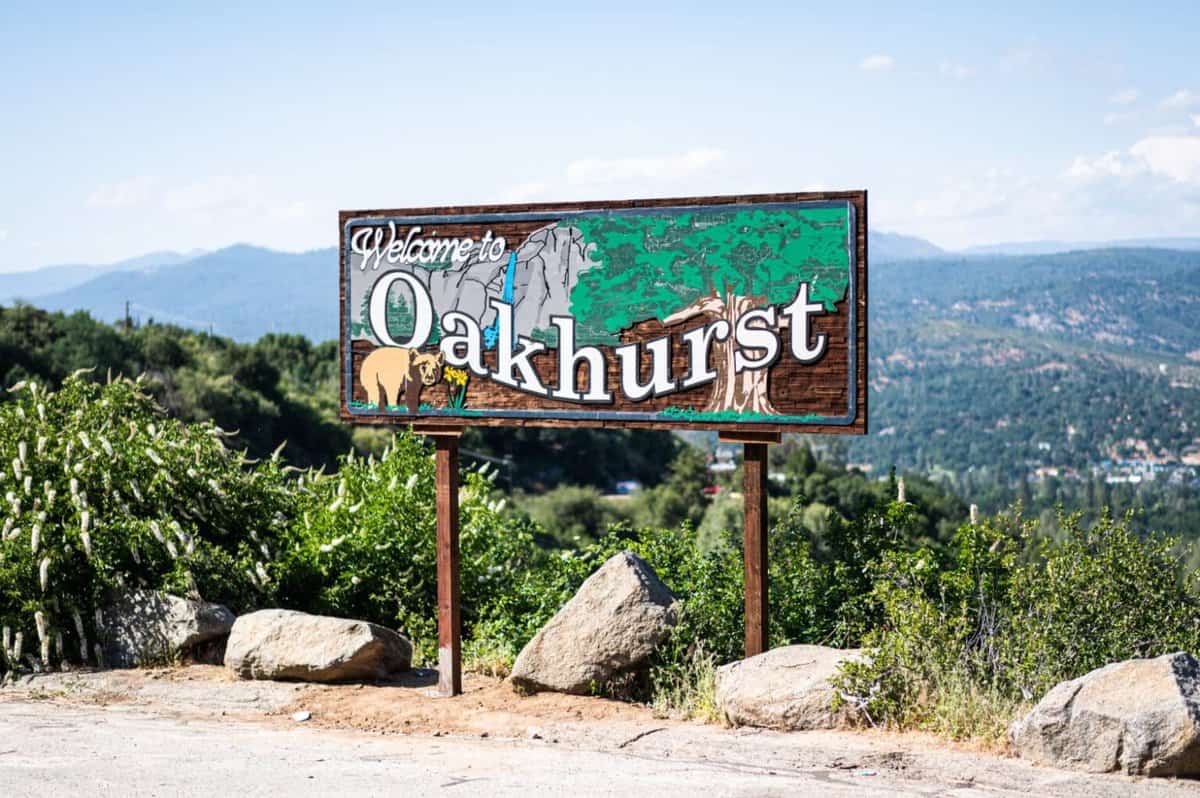
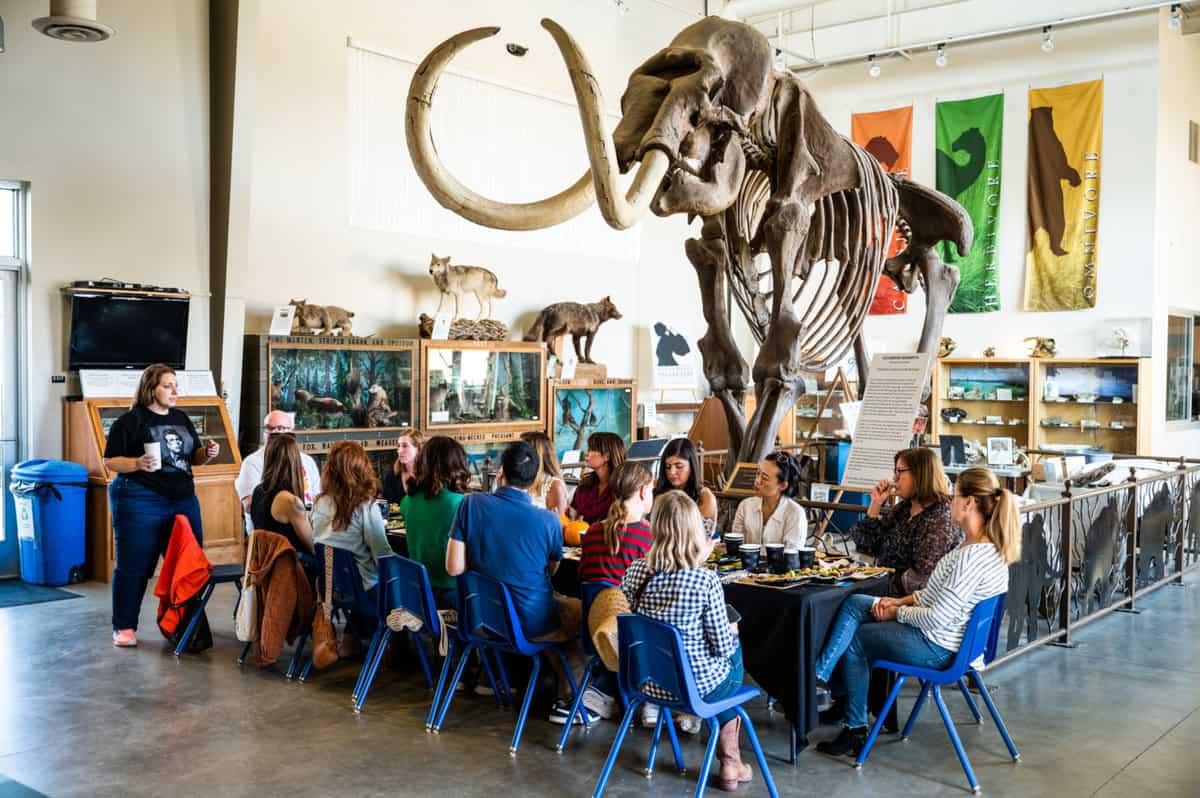
If you’re driving up the 99, Madera County is another great place to see fruit and nut trees in bloom. Be sure to stop at the Vineyard for a quick bite, then check out the Fossil Discovery Center to learn more about the history of the Central Valley.
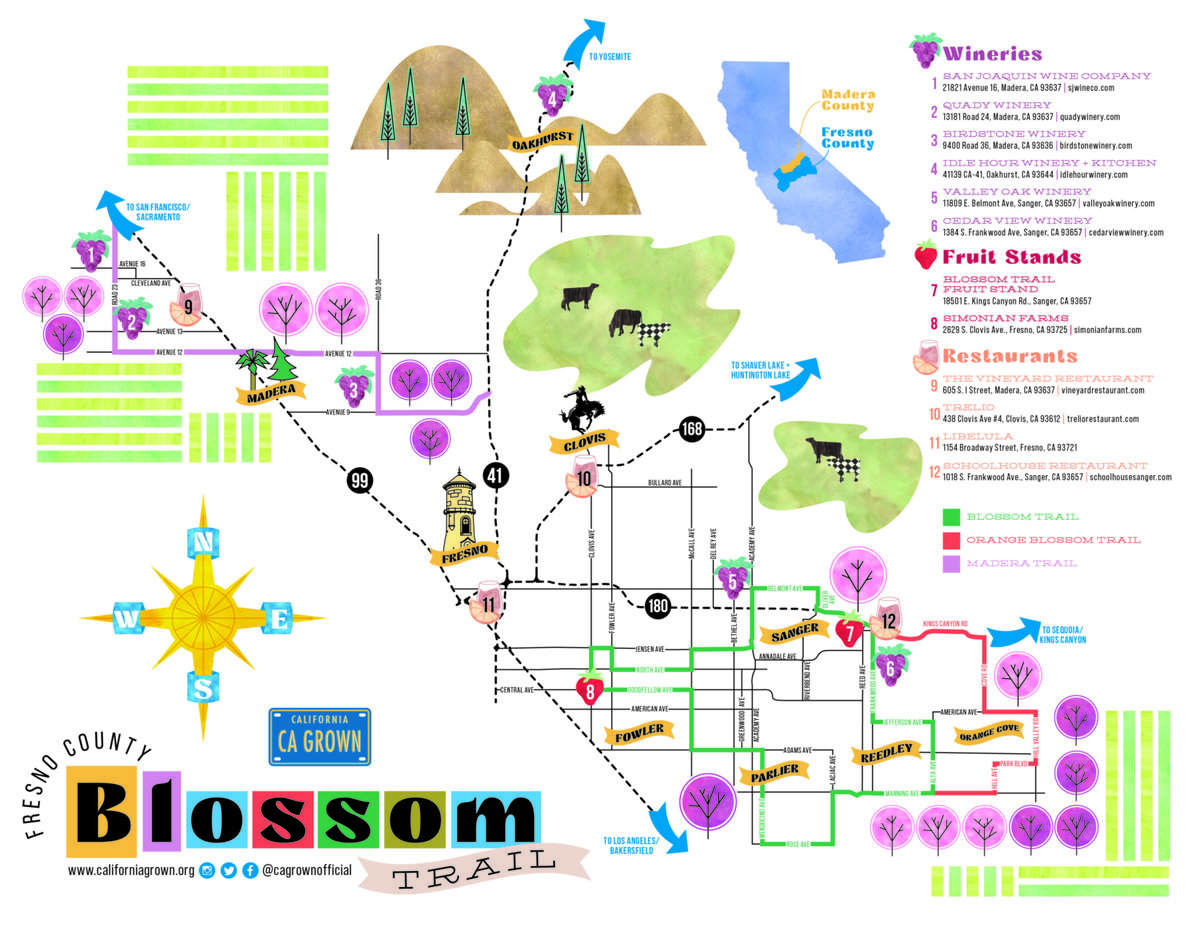
Article by Hilary Rance. Photography by James Collier, Hilary Rance and Susan Phillips.
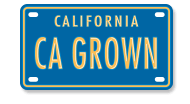
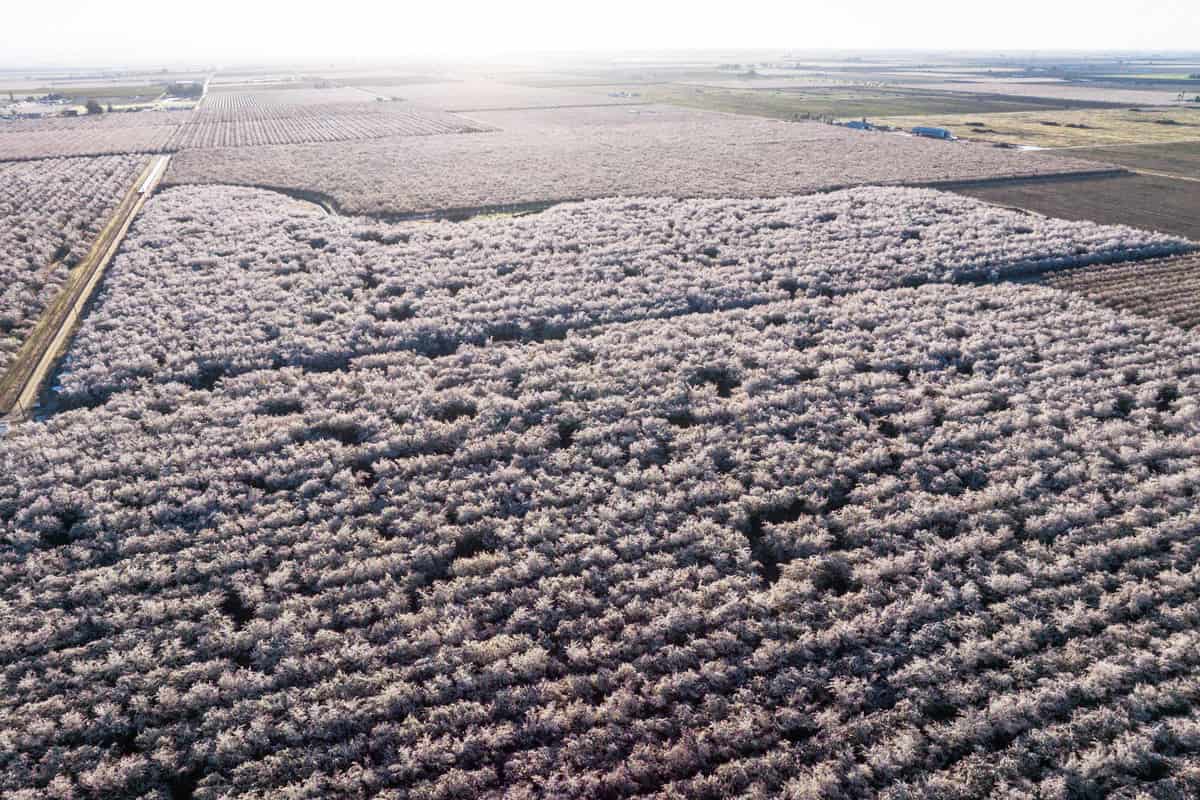
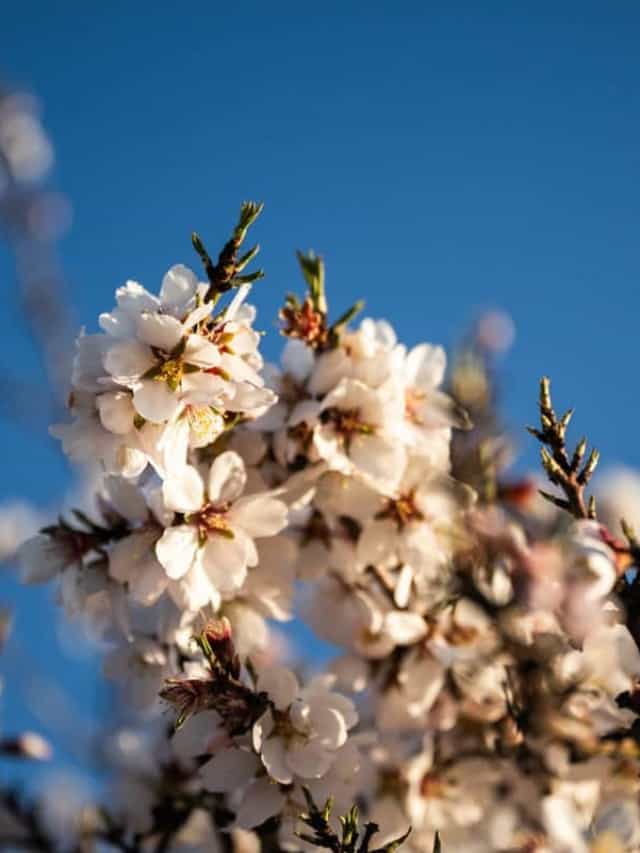
Is this happening now? How long does it last. I’m planning to visit March 26.
Yes Virginia, the blossom trail is in bloom now!
More than Fresno county is in bloom. Don’t forget about the North State- we farm too!
The Capay Valley Almond Frstival just celebrated its 107th year.
Always the last weekend in February.
What’s the address to visit ?
Where do I buy my ticket ?
No ticket needed! Visit the trail anytime.
Can you tell me if the trees are still in blossom? And it’s location? Please
Hi! The blossom season is over for the year. It typically starts in February and ends in early March.
The California Blossom Trail is a stunning celebration of nature’s beauty and agricultural heritage. This blog beautifully highlights the vibrant scenery and the sense of community that blossoms during this season. It serves as a reminder of the connection between our landscapes and the local farming culture, encouraging us all to appreciate the simple joys of nature and support the growers who bring this beauty to life.